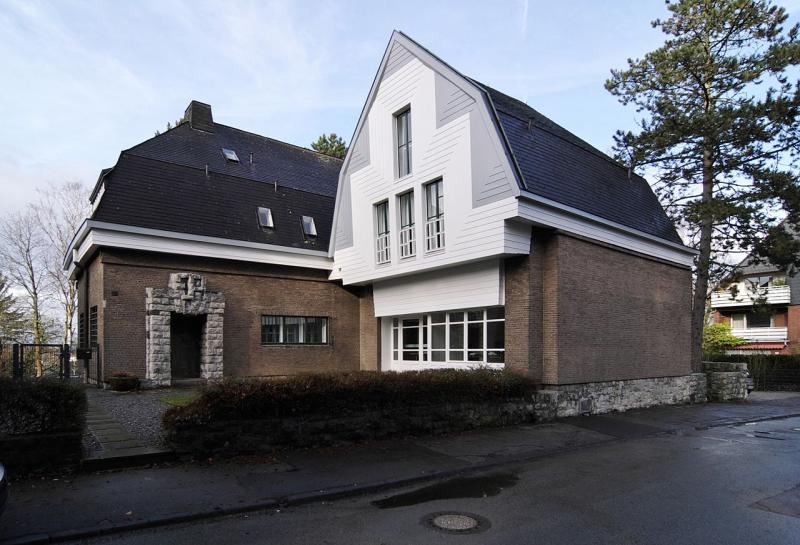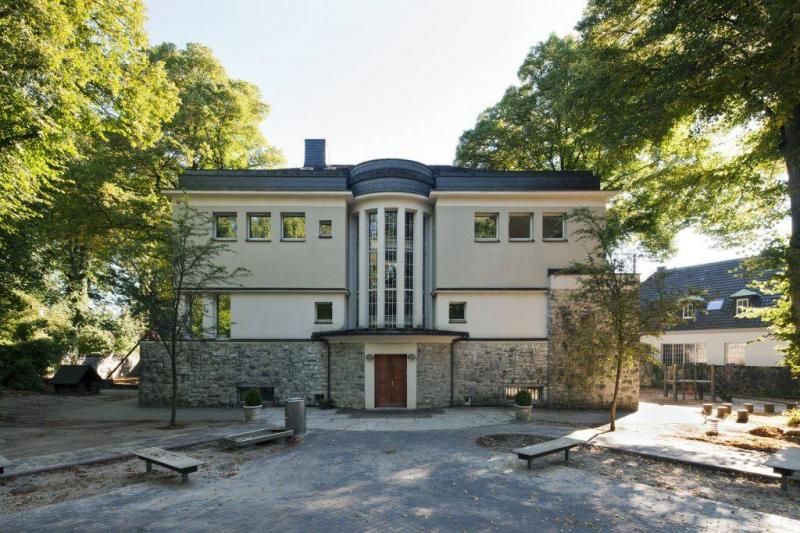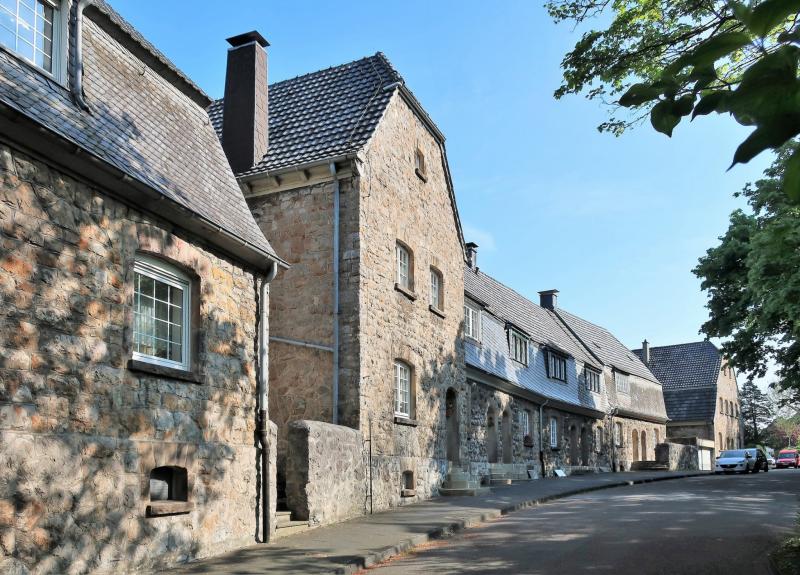Am Stirnband, 58093 Hagen
Icon legend
![]() This icon indicates an awarded building
This icon indicates an awarded building
![]() This icon indicates a listed building
This icon indicates a listed building
![]() Projects with this logo are on the UNESCO World Cultural Heritage list
Projects with this logo are on the UNESCO World Cultural Heritage list
![]() Project has been converted, renovated or extended
Project has been converted, renovated or extended
x close
![]()
1910
- keine Angabe -
Advanced search with more criteria
Total projects: 483

58093 Hagen
Distance: 0.05 km

58093 Hagen
Distance: 0.13 km

58093 Hagen
Distance: 1.22 km

58093 Hagen
In 1909 Karl Ernst Osthaus was able to recruit Dutch architect Jan Ludovicus Mathieu Lauweriks to head the Hagener Handfertigkeitsseminar (artisan school) in Hagen. He proposed to him to build exemplary houses along the "Am Stirnband" street within the framework of his plans for the “Hohenhagen” colony of artists. Between 1910 and 1914, Lauweriks realised nine houses, based upon a system developed by himself. All houses have an individual design, but through recurring materials they also form a unit.
For the western part of the exclusive residential area, architect Peter Behrens prepared a development plan.
Author: Route Industriekultur/ Editorial baukunst-nrw
Text last changed on 04.01.2023
Categories:
Urban Design » Local Development Planning
Architecture » Residential buildings » Multiple Housing